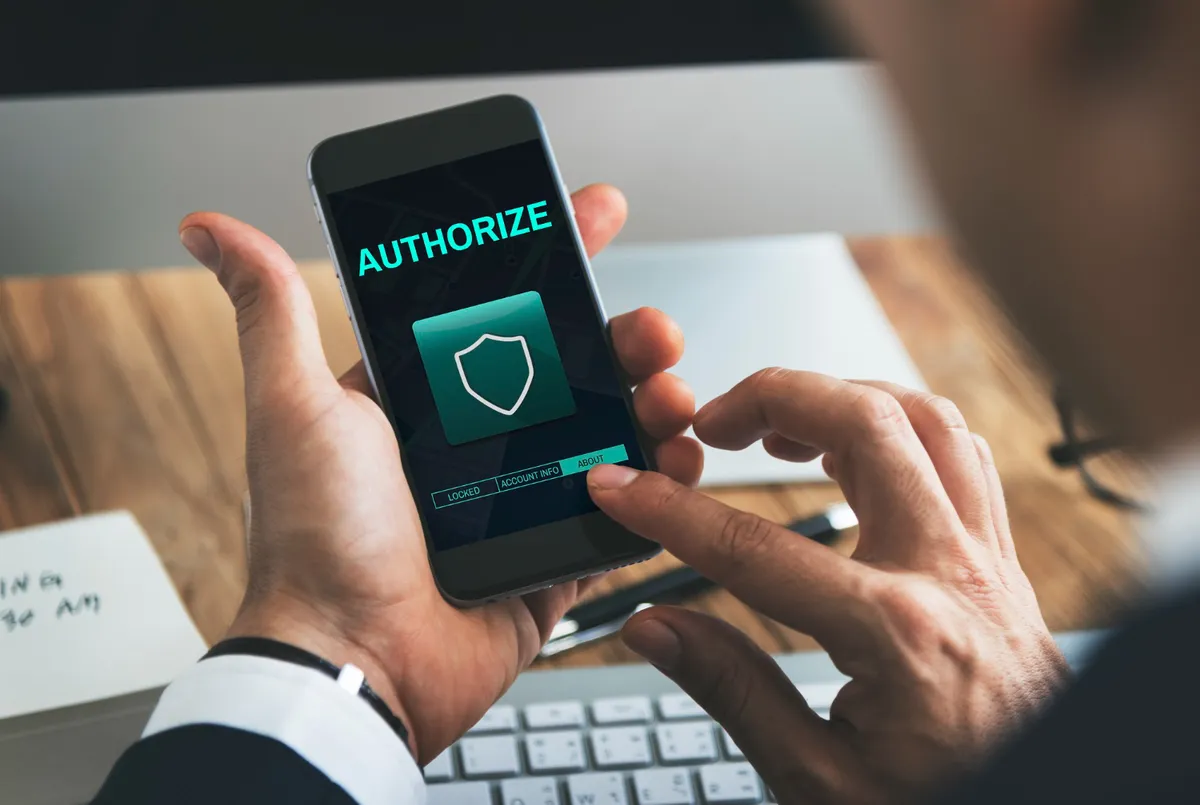Table of Contents
App Security: Protecting User Data in the Mobile Era

In the mobile era, where mobile applications have become an integral part of our lives, ensuring the security of user data has become a paramount concern. With the increasing reliance on mobile apps for communication, financial transactions, and personal information storage, it is crucial for app developers and users to understand the importance of app security. In this blog post, we will delve into the significance of app security and explore measures to protect user data in the mobile era.
The Significance of App Security
App security plays a vital role in maintaining user trust and confidence. With the proliferation of cyber threats, including data breaches, identity theft, and malware attacks, users are becoming more conscious about the security of their personal information. App security not only safeguards user data but also protects the reputation of app developers and businesses. It is essential to prioritize app security from the development stage to provide users with a safe and secure environment.
Secure Data Transmission
One critical aspect of app security is ensuring secure data transmission between the app and its servers. Implementing secure communication protocols such as HTTPS (Hypertext Transfer Protocol Secure) with SSL/TLS encryption helps protect user data from interception and tampering. Encrypting sensitive data during transmission ensures that it remains confidential and secure from potential eavesdroppers.
Authentication and Authorization
Implementing robust authentication and authorization mechanisms is vital to protect user accounts and sensitive information. Utilize secure login methods such as two-factor authentication (2FA) or biometric authentication to add an extra layer of security. Properly validate user input and enforce strong password requirements to prevent unauthorized access to user accounts.
Data Encryption
Encrypting sensitive data stored on devices or servers is crucial for app security. Utilize strong encryption algorithms to protect user data, such as personally identifiable information (PII), financial details, or sensitive documents. Implement encryption techniques like AES (Advanced Encryption Standard) or RSA (Rivest-Shamir-Adleman) to ensure that even if the data is compromised, it remains unreadable and unusable to unauthorized individuals.
Secure Backend Infrastructure
The security of the backend infrastructure is equally important for app security. Ensure that servers and databases hosting user data are protected by robust security measures. Apply security patches and updates on a regular basis to mitigate vulnerabilities. Implement firewalls, intrusion detection systems, and other security mechanisms to detect and prevent unauthorized access attempts.
Regular Security Audits and Testing
Perform regular security audits and testing to identify vulnerabilities and weaknesses in the app. Conduct penetration testing to simulate potential attacks and uncover any security loopholes. Employ security professionals or third-party security firms to conduct comprehensive security assessments to ensure the app is robustly protected.
Privacy Policy and User Consent
Transparently communicate your app’s data collection and usage practices through a comprehensive privacy policy. Obtain explicit user consent before accessing or storing any personal data. Clearly outline the purposes for which user data is collected and assure users that their data will be handled securely and in compliance with relevant data protection regulations.
Ongoing Security Updates and Maintenance
App security is a continual process that demands constant attention. Regularly update your app with the latest security patches and bug fixes to address any discovered vulnerabilities. Stay informed about emerging security threats and adapt your security measures accordingly. Engage with the user community, encourage feedback, and promptly address any reported security concerns or issues.
Conclusion
In the mobile era, app security is of utmost importance to protect user data and maintain user trust. By prioritizing secure data transmission, implementing robust authentication and encryption mechanisms, securing backend infrastructure, conducting regular security audits, and maintaining transparent privacy policies, app developers can create a secure environment for users. Remember, app security is a continuous effort that requires ongoing updates, monitoring, and adaptation to evolving security threats. By safeguarding user data, we can ensure a safer and more trustworthy mobile app ecosystem for all.



